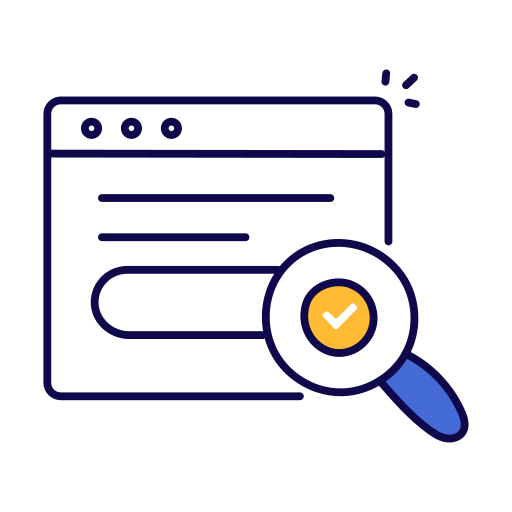What Is Python Used For
In a Nutshell
Essential Highlights:
– Python is a widely-used programming language known for its versatility.
– Common uses include web development, data analysis, machine learning, scripting, and automation.
– It is favoured for its readability, simplicity, and extensive libraries.
Table of Contents
- Introduction to Python
- Web Development
- Data Analysis
- Machine Learning
- Automation and Scripting
- Other Uses
- FAQ
- Conclusion
Introduction to Python
Python is a high-level, interpreted programming language that has gained massive popularity in recent years. Created by Guido van Rossum and first released in 1991, Python emphasizes readability and simplicity, making it an excellent choice for both beginners and experienced programmers.
- Versatility: Python can be used for various applications, from web development to data science.
- Extensive Libraries: Rich libraries like Pandas, NumPy, and TensorFlow accelerate development.
- Active Community: A large community provides extensive support and resources.
Web Development
Python is a popular choice for web development, thanks to frameworks like Django and Flask.
Django
- Django: A high-level framework that promotes rapid development and clean, pragmatic design. It includes built-in features like authentication, URL routing, and database schema migrations.
- Example: Django is used by big websites like Instagram and Pinterest.
Flask
- Flask: A micro-framework suitable for small to medium applications. It provides the essentials but allows developers to add libraries as needed.
- Example: Flask is utilized by companies like Netflix and LinkedIn.
Data Analysis
Data analysis is another domain where Python shines. Tools like Pandas and NumPy make it easier to manipulate and analyze data.
Pandas
- Pandas: Offers data structures and operations for manipulating numerical tables and time series.
- Example: Used in financial analysis for performance analytics and risk management.
NumPy
- NumPy: Provides support for large multidimensional arrays and matrices, along with a collection of mathematical functions.
- Example: Used in scientific computing applications for complex calculations.
Machine Learning
Machine learning and AI heavily rely on Python, due to libraries like TensorFlow and scikit-learn.
TensorFlow
- TensorFlow: An open-source library for numerical computation and machine learning.
- Example: Used in applications like voice recognition and image classification.
scikit-learn
- scikit-learn: Simplifies the implementation of machine learning algorithms.
- Example: Used in predictive data analytics and clinical diagnosis.
Automation and Scripting
Python’s simplicity and powerful libraries make it ideal for automation and scripting. It can automate repetitive tasks, thereby saving time and effort.
Automation Scripts
- Scripts: Used to automate mundane tasks such as file renaming, sending emails, or web scraping.
- Tools: Selenium for web automation, BeautifulSoup for web scraping.
IT and Network Automation
- DevOps: Python integrates well with DevOps tools for continuous deployment and practices.
- Networking: Automates network devices and configurations using libraries like Paramiko and Netmiko.
Other Uses
Apart from the main uses, Python also serves several other purposes.
Game Development
- Pygame: A set of Python modules designed for writing video games.
- Example: Used for developing simple games and prototyping.
Desktop Applications
- Tkinter: Standard Python interface to the Tk GUI toolkit.
- Example: Used to create user-friendly graphical interface applications.
Education
- Teaching Language: Python is often used as an introductory programming language in schools and universities.
- Reason: Its clear syntax and readability make it student-friendly.
FAQ
1. What is Python mainly used for?
Python is mainly used for web development, data analysis, machine learning, automation and scripting.
2. Why is Python popular in data science?
Python offers extensive libraries like Pandas and NumPy, making data manipulation and analysis easier.
3. Can Python be used for mobile app development?
Yes, though it’s less common compared to web development. Frameworks like Kivy and BeeWare enable mobile app development in Python.
4. How does Python support machine learning?
Python supports machine learning through libraries like TensorFlow and scikit-learn, which simplify the implementation and application of ML algorithms.
5. Is Python good for web scraping?
Python is excellent for web scraping due to its simplicity and libraries like BeautifulSoup and Scrapy.
6. What companies use Python?
Major companies like Google, Netflix, and Instagram use Python for various applications including web development and machine learning.
7. How beginner-friendly is Python?
Python is highly beginner-friendly due to its clean syntax, readability, and extensive community support.
Conclusion
Python is a versatile and powerful programming language that can be used for a multitude of applications. Whether you are a developer interested in web development, a data scientist analyzing data, or someone seeking to automate tasks, Python has the tools and libraries to support your needs. Its popularity is a testament to its capabilities and ease of use.
Internal Links:
- Visit What Is Python to learn more about Python’s features.
- Check out what Python is used for to explore its diverse applications.
For additional reads, visit:
1. Python Software Foundation
2. Real Python
3. Learn Python

Leave a Reply